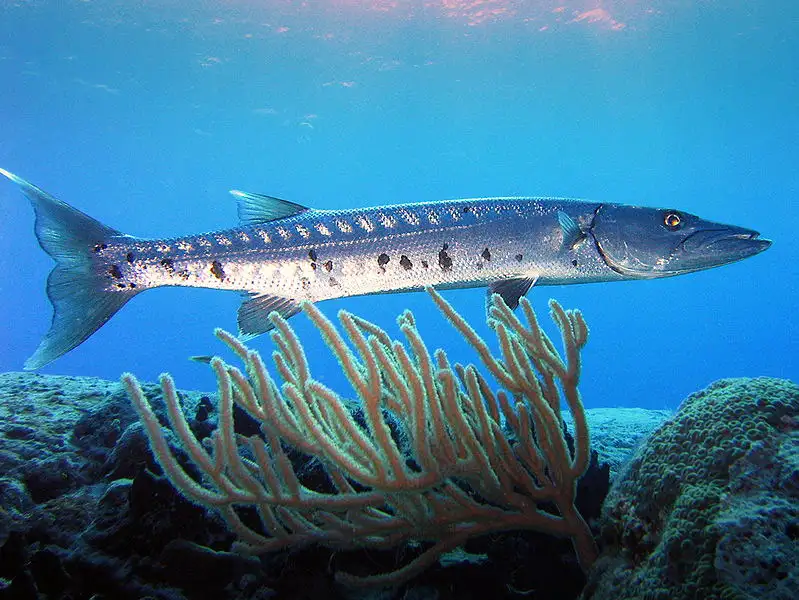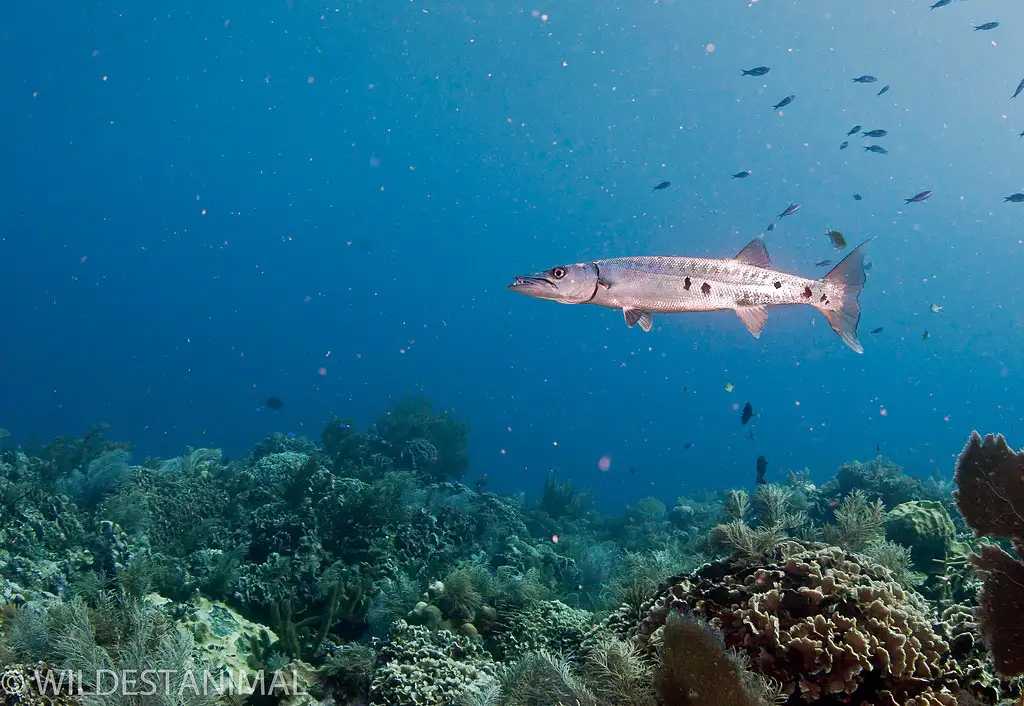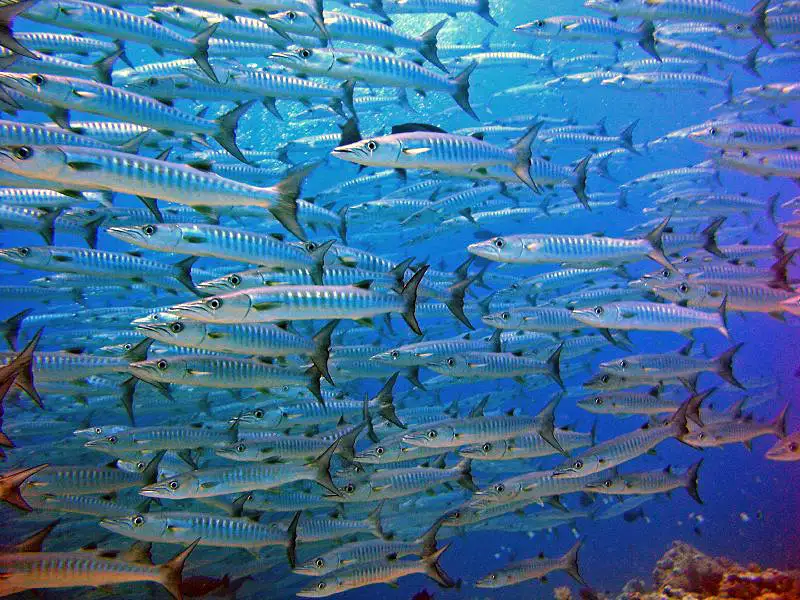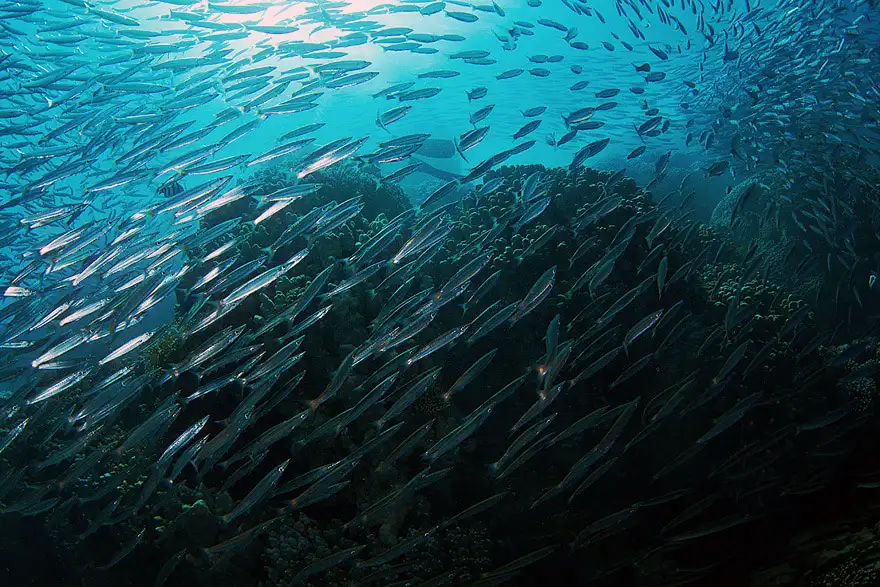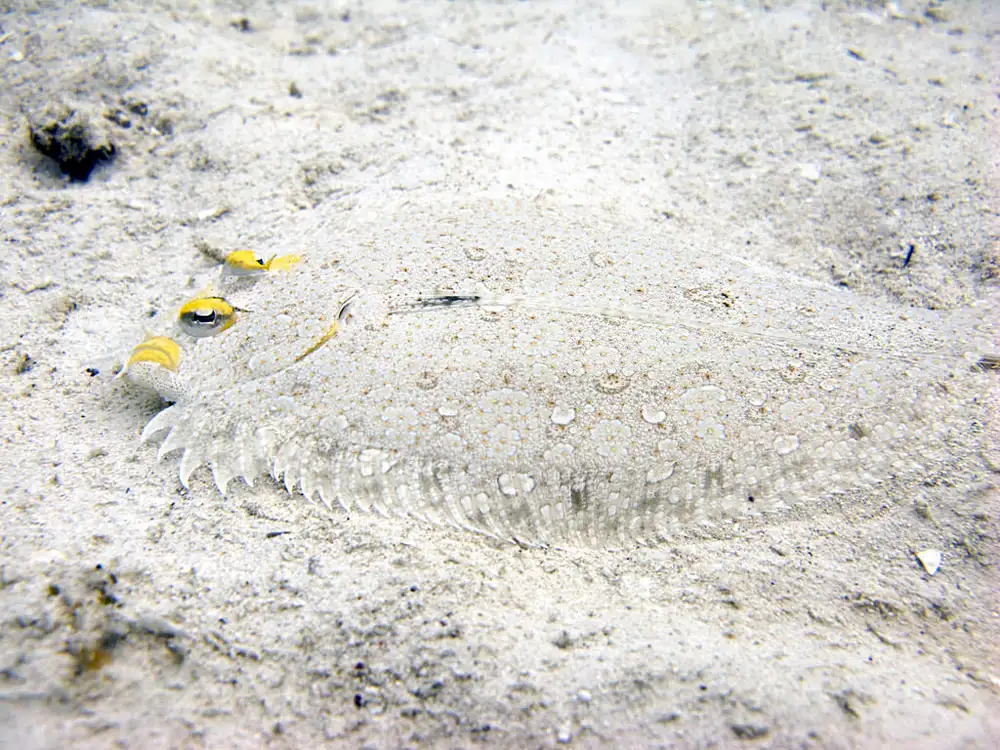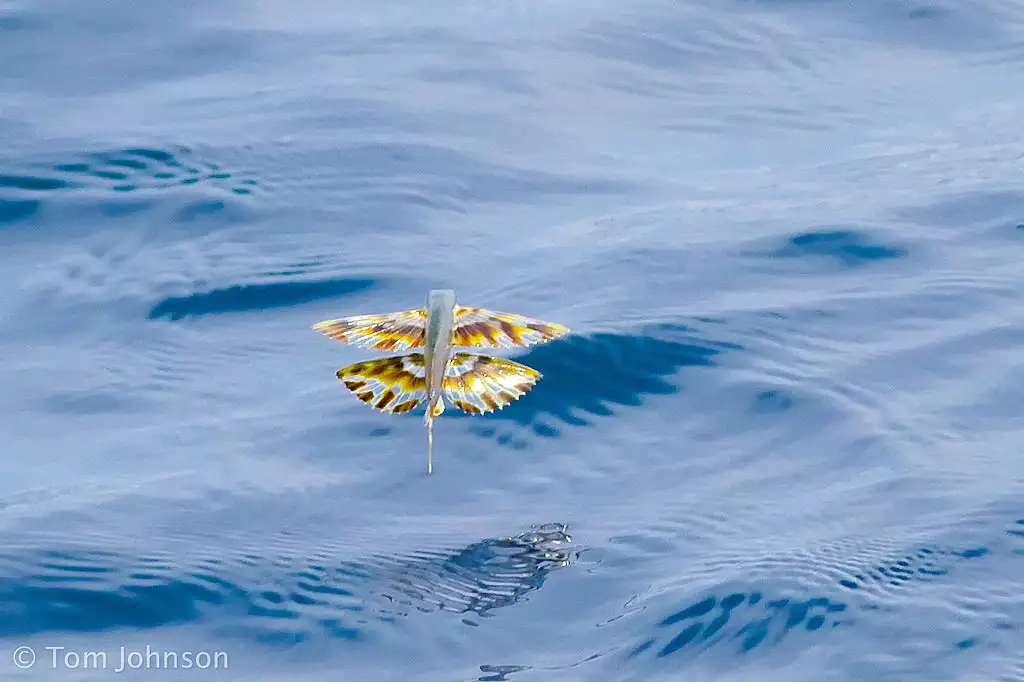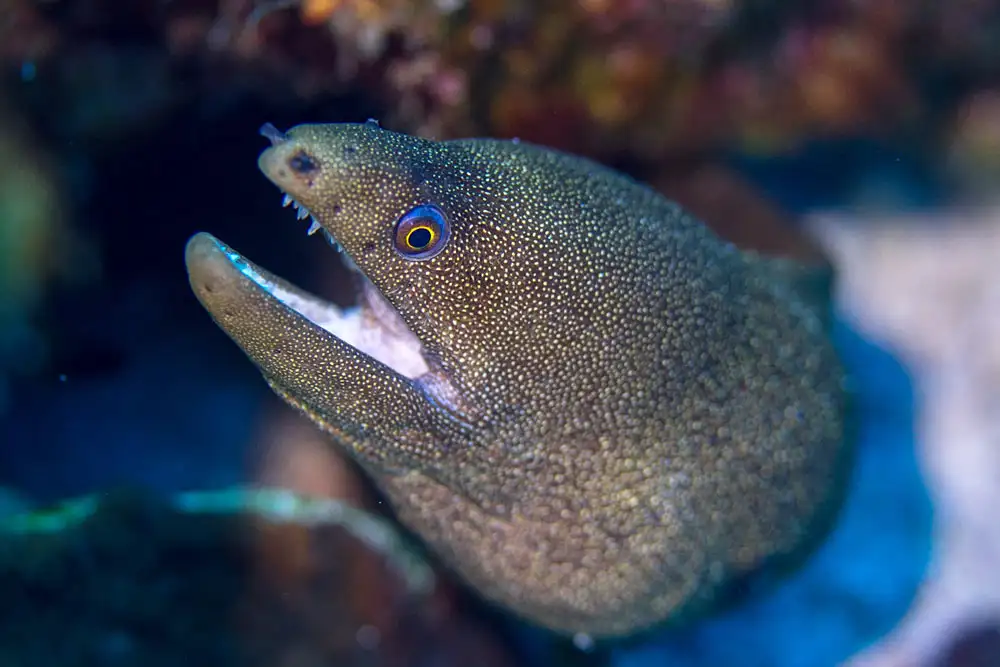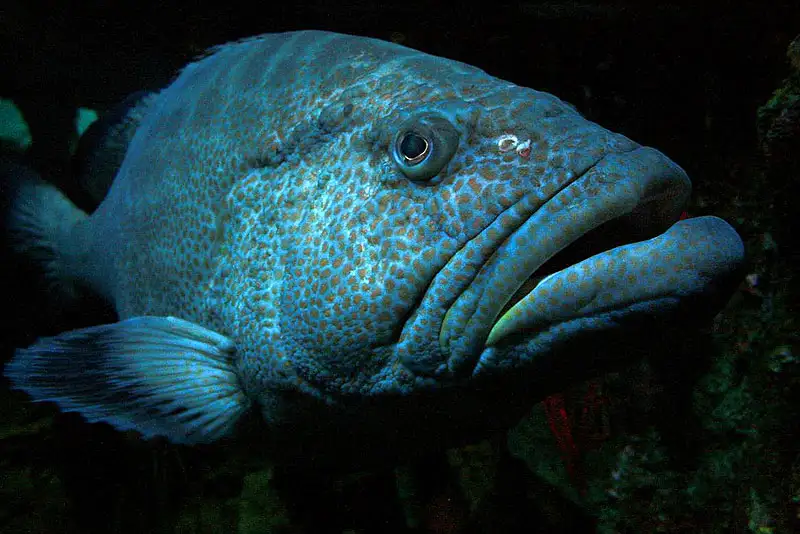Barracudas
IUCN
LCBasic Information
Scientific classification
- name:Barracudas
- Scientific Name:Sphyraena
- Outline:Medium Fish
- Family:Sphyraenidae Sphyraena
Vital signs
- length:50–100 cm; large to 150–180+ cm
- Weight:1–8 kg; largest >20 kg
- lifetime:10–14 years (species‑dependent)
Feature
Fast predators; ambush + burst chase; separated dorsal fins; strong canines; straight lateral line.
Distribution and Habitat
Tropical–subtropical reefs, lagoons, seagrass, shelf edges; juveniles in coastal shallows/mangroves.
Appearance
Elongate torpedo body; large gape; two dorsal fins; deep‑forked tail; bars/spots in many species.
Details
Sphyraena—the barracudas—belongs to the family Sphyraenidae. They are iconic fast predators with elongate bodies, a huge gape and prominent canines, preying mainly on small to mid‑sized fishes. They combine ambush with burst chases and commonly patrol reef passes, outer slopes and shelf edges.
Ecology & Biology
Diet: sardines, jacks, anchovies and cephalopods; juveniles take planktonic fishes/crustaceans.
Behaviour: juveniles/subadults often school; large adults are solitary or in small groups; dawn/dusk peaks.
Reproduction: pelagic group spawners; eggs/larvae are planktonic.
Growth & Life: relatively fast growth; lifespans commonly 10–14 years.
Identification
Elongate torpedo‑like body; large jaws with strong upper and lower canines; two separate dorsal fins(spinous then soft); nearly straight lateral line; narrow caudal peduncle and deeply forked tail. Many species show longitudinal bars or dusky spots.
Size & Mass
Length: typically 50–100 cm; giants (e.g., S. barracuda) reach 150–180+ cm.
Weight: commonly 1–8 kg; largest > 20 kg.
Range & Habitat
Widespread in tropical–subtropical nearshore/offshore habitats: coral/rocky reefs, lagoons, seagrass meadows and shelf edges; juveniles in coastal shallows and mangroves.
People & Management
Fisheries & sport: valued as game and table fish, but ciguatera risk occurs in some regions.
Safety: attracted to flashy objects; snorkellers/swimmers should avoid bright metallic jewellery.
Management: size limits/quotas, habitat protection and HAB monitoring; juvenile recruitment can be environmentally variable.
IUCN: genus‑level overview only; statuses vary (LC–NT–VU). Entry marked Not Evaluated (NE).
FAQ
Q1. How to distinguish from mackerels/jacks? Barracudas are more elongate with conspicuous canines, two separated dorsal fins and a straight lateral line; mackerels/jacks show finlets or different dentition.
Q2. Do they attack people? Rarely; avoid flashy jewellery, especially at night or in low visibility.
Q3. Safe to eat? Ciguatera may occur in some areas—follow local advisories.
Q4. Representative species? S. barracuda (great barracuda), S. jello (pickhandle), S. qenie (blackfin), etc.

